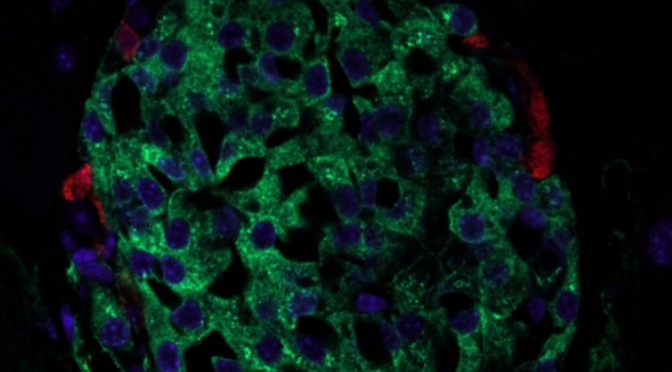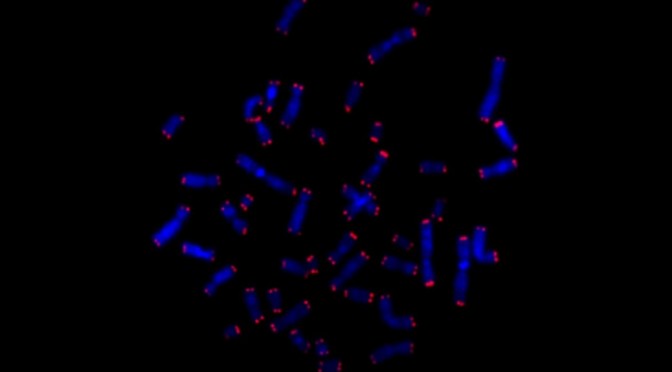Possible mechanism for beta-cell loss in type 2 diabetes discovered
Type 2 diabetes is a typical age-related disease that starts with impaired insulin sensitivity and eventually leads to the loss of beta-cells in the pancreas that produce insulin. High concentrations of glucose have been shown to inhibit the enzyme glucose 6-phosphate dehydrogenase (G6PD). G6PD is an important source of NADPH, a strong reductant that is needed in several antioxidant protection mechanisms. The inhibition of G6PD by glucose causes a decrease in the production of NADPH resulting in a decreased ability of the antioxidant protection mechanisms to perform their job thereby causing a rise in reactive oxygen species (ROS). Beta-cells are very sensitive to ROS. The ROS production caused by the inhibition of G6PD results in the death (by apoptosis) of the insulin producing beta-cells. This results in a lower insulin production which adds to the severity of the original problem (insulin resistance).
Zhang et al. High glucose inhibits glucose-6-phosphate dehydrogenase, leading to increased oxidative stress and beta-cell apoptosis. FASEB J, 2010, 24(5): 1497-1505.




